Before the digital age revolutionized music consumption, people had many unique and tangible ways to enjoy music. These methods were not only about listening but also experiencing music in a communal and engaging manner.
Let’s explore eight classic ways people enjoyed music before streaming took over.
Vinyl Records
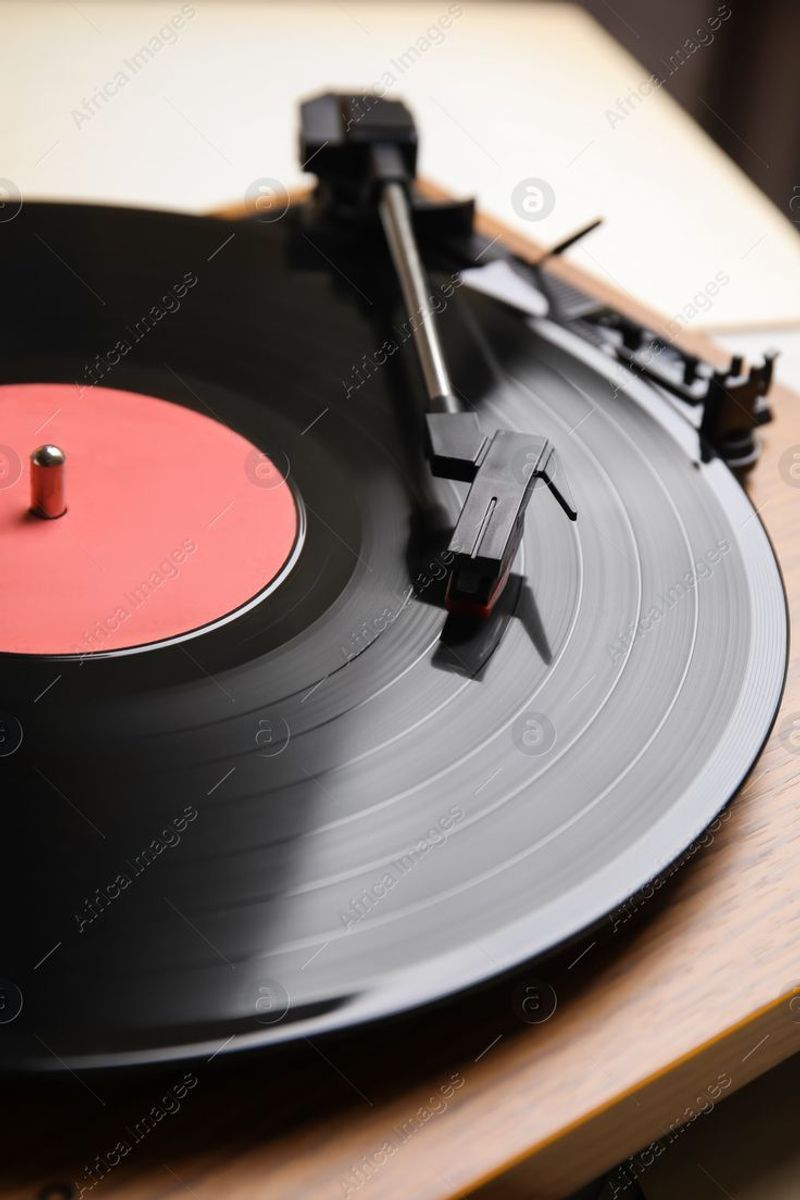
Vinyl records were once the hallmark of music enjoyment. People gathered around turntables to listen to their favorite albums in full analog glory. The ritual of carefully placing the needle on a spinning record was a cherished experience. Collectors prided themselves on their extensive vinyl collections, often displaying them prominently at home. Each crackle and pop added to the authenticity of the sound.
Listening to vinyl was more than just music; it was about immersing oneself in an album, often from start to finish, appreciating the artistry in every track.
Cassette Tapes
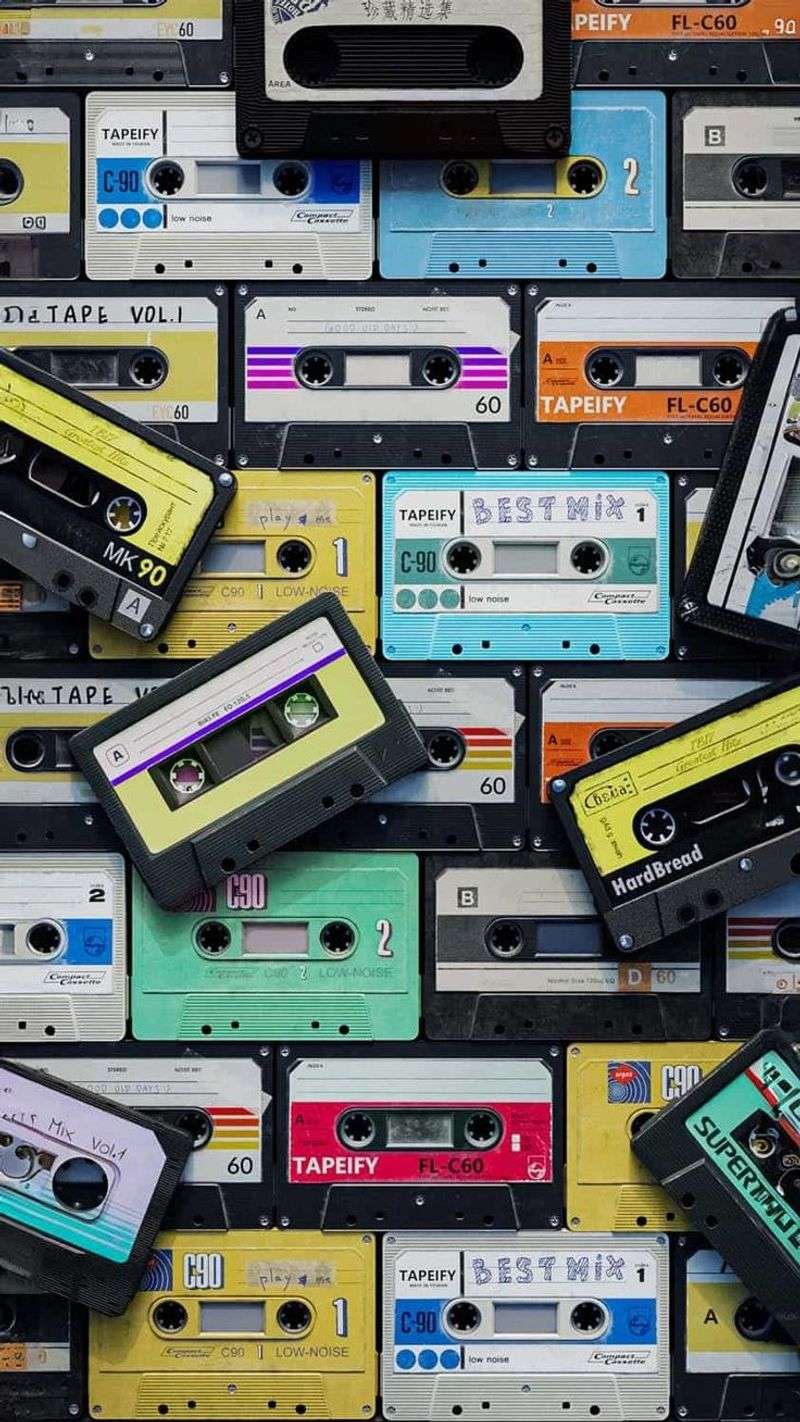
Cassette tapes brought music to a portable format, allowing fans to create personalized mixtapes. The process of recording songs from the radio required patience and impeccable timing. Many cherished their collection of cassette tapes, each one representing a personal or emotional memory.
The sound quality, though not perfect, was part of the charm, and the satisfaction of a successful mixtape was unmatched. Sharing these mixtapes was a popular way to express feelings and discover new music.
Live Concerts
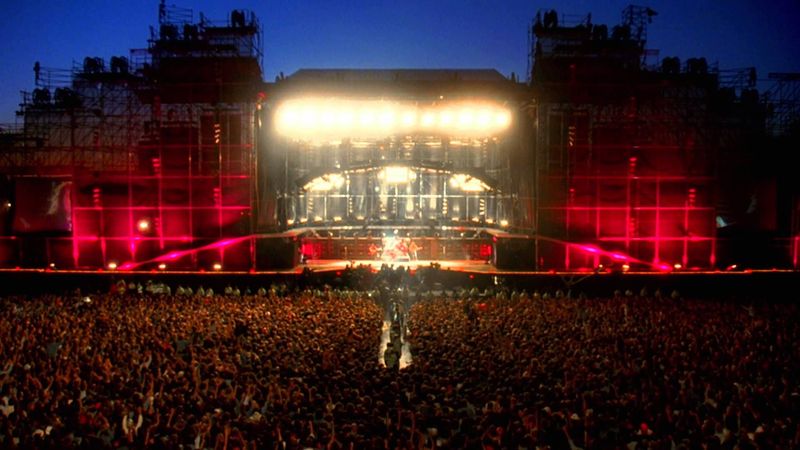
Attending live concerts was a thrilling way to experience music. The energy of the crowd, the thrill of seeing musicians perform live, and the spontaneity of live music made concerts unforgettable. People traveled miles to see their favorite artists, camping out and making new friends along the way.
Concerts were a shared experience, a place where people connected over their love for music, often sparking lifelong friendships. The ambiance and unedited sound created memories that lasted a lifetime.
Radio Shows
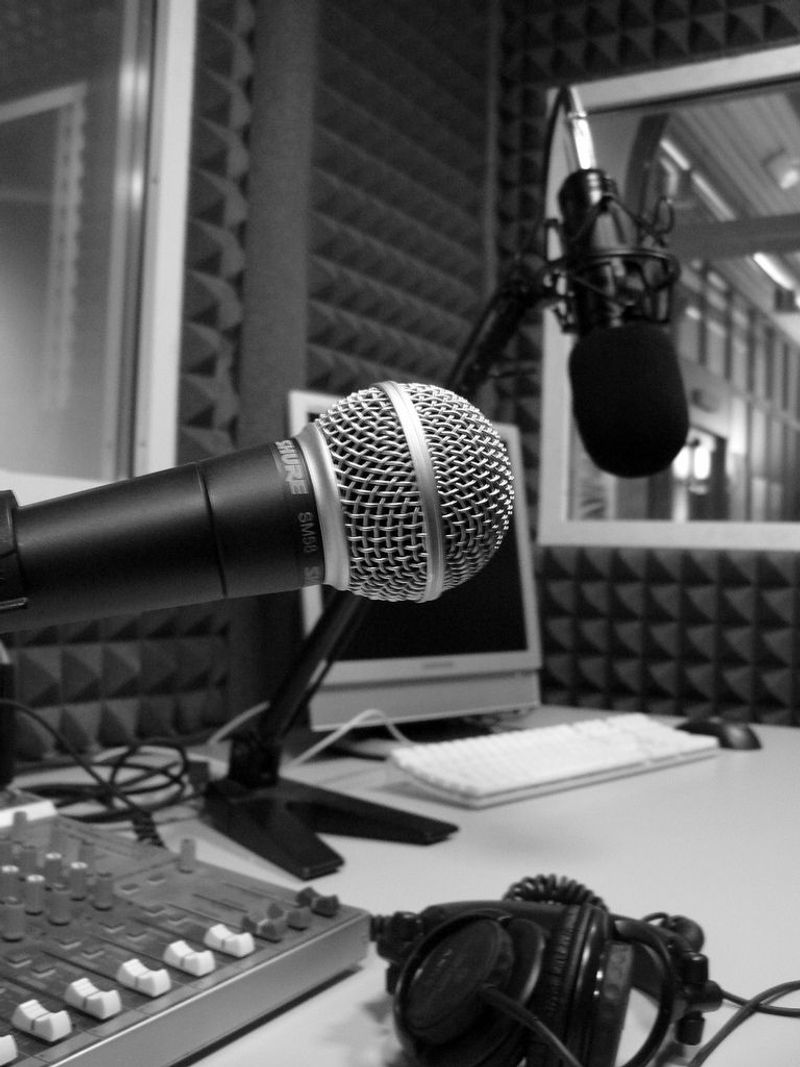
Radio was the go-to medium for music discovery. Families gathered around the radio to enjoy evening shows, eagerly awaiting their favorite songs. DJs introduced listeners to new tracks and artists, adding a personal touch with their commentary.
Radio contests, call-ins, and dedications made the experience interactive. Whether it was Top 40 hits or niche genres, radio brought music to life in a personal and communal way. The anticipation of a favorite song coming up was unlike any modern experience.
Jukeboxes
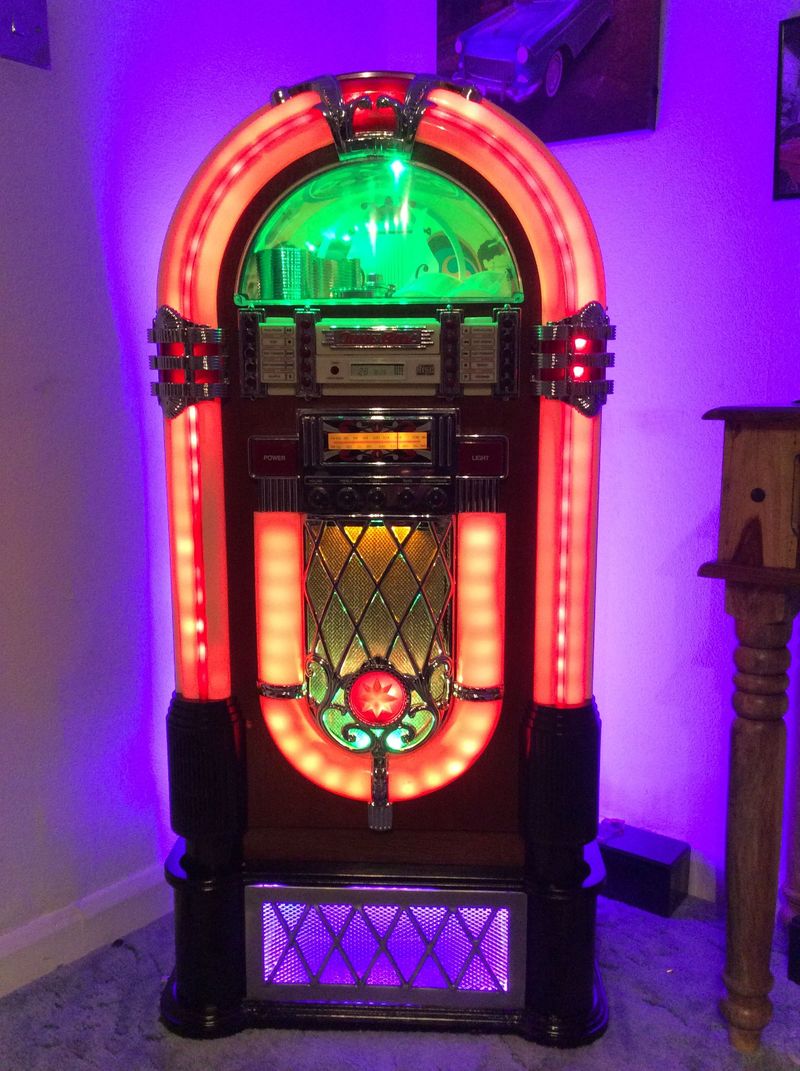
Jukeboxes were iconic in bars and diners, offering patrons a selection of popular tracks. For a few coins, one could choose a favorite song, creating a soundtrack for social gatherings. The colorful lights and mechanical sounds of a jukebox were nostalgic and inviting.
Jukeboxes turned music into a shared social experience, often prompting spontaneous dance sessions. They allowed people to curate the atmosphere of a venue, whether it was a lively night out or a quiet meal with background tunes.
Sheet Music
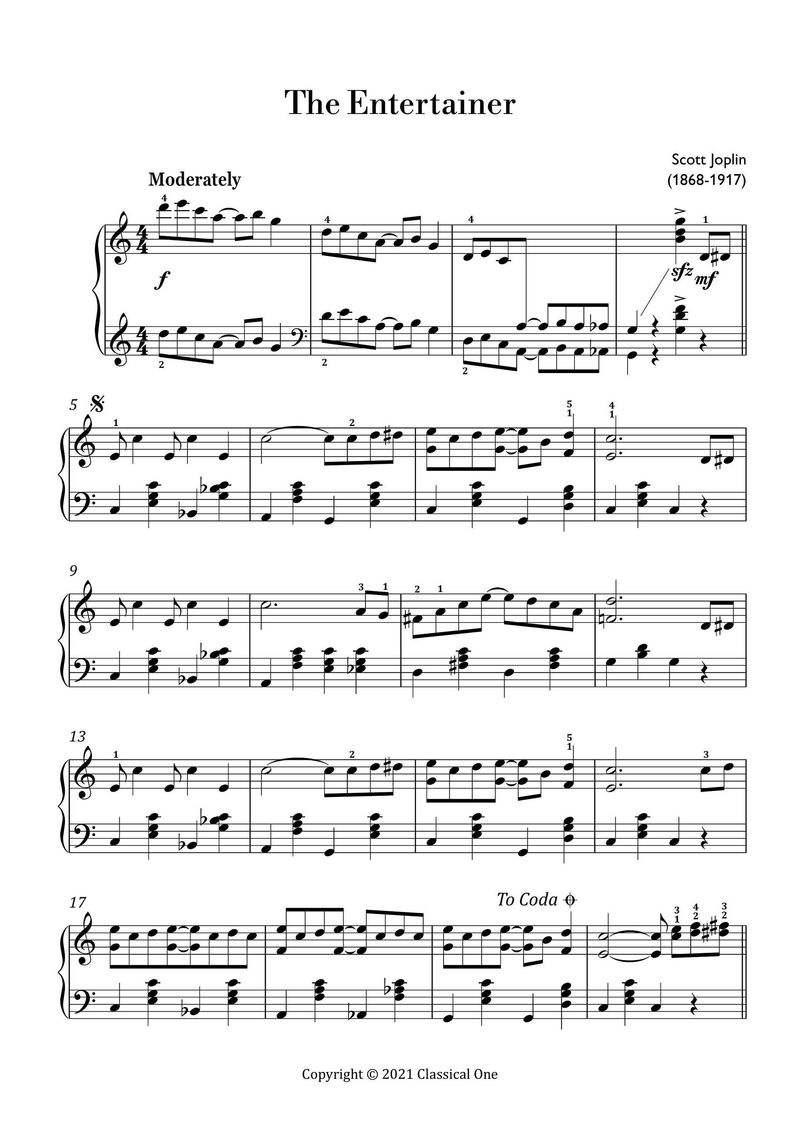
Sheet music was essential for music enthusiasts who played instruments. Before recordings, sheet music sales were a primary way to enjoy new compositions. Families and friends gathered to sing and play music together, using sheet music as their guide.
This form of enjoyment was interactive and educational, allowing individuals to interpret and perform music themselves. It fostered musical talent and was a bonding activity, bridging generations through shared musical interests and performances.
Music Boxes
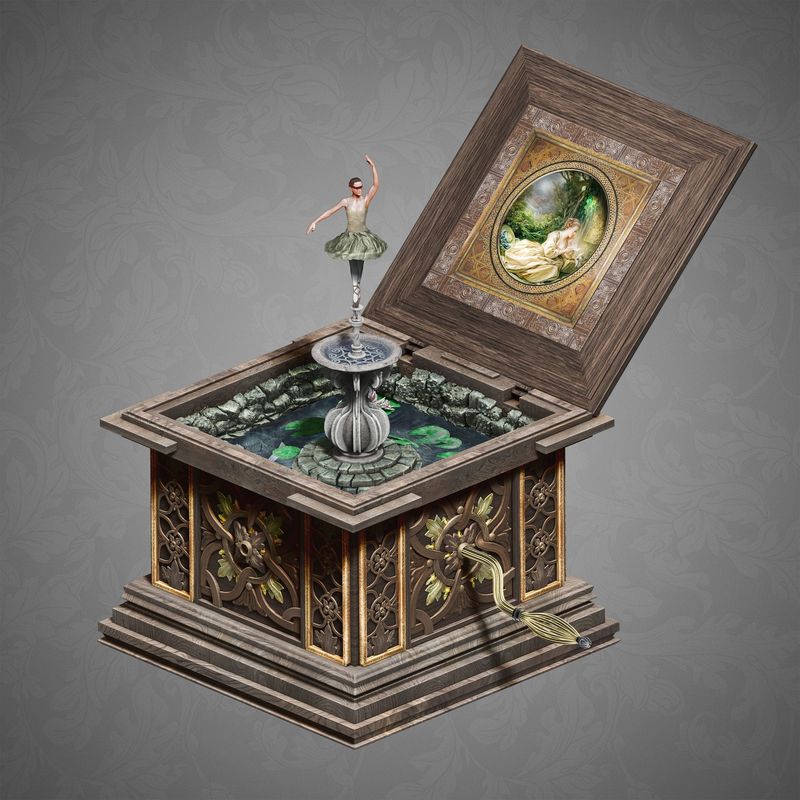
Music boxes were enchanting devices offering a unique listening experience. They played delicate tunes, often as keepsakes or gifts for special occasions. The craftsmanship and melodic charm of music boxes made them treasured possessions.
Despite their simplicity, music boxes captivated listeners with their gentle notes and intricate mechanisms. They were often associated with cherished memories, as their melodies played out during significant life moments. Their timeless appeal continues to evoke nostalgia and wonder.
Street Performers
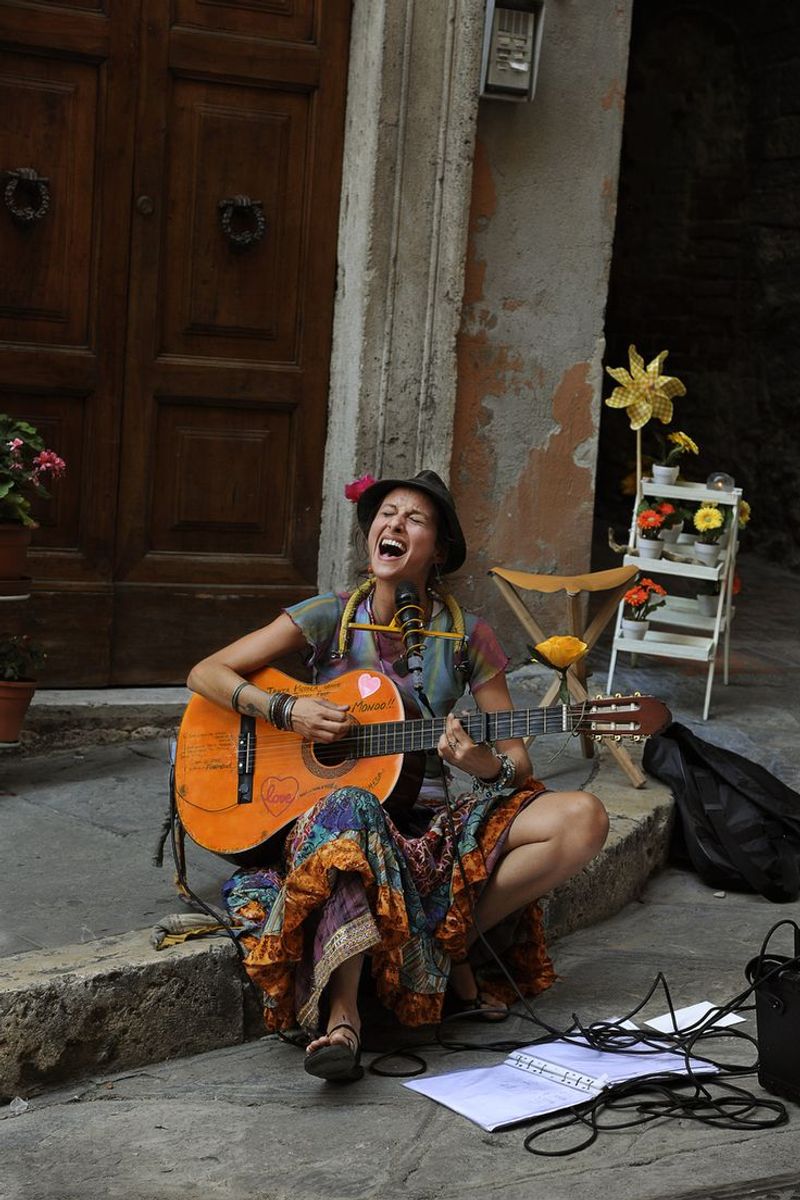
Street performers brought music directly to the public, adding vibrancy to city life. These artists played everything from classical pieces to contemporary songs, engaging passersby with their talent. Street performances fostered a spontaneous connection between artists and their audiences.
Listeners enjoyed the raw and unfiltered nature of the music, often stopping to listen and sometimes leaving a tip in appreciation. These performances made music accessible to everyone, turning everyday locations into impromptu concert venues.
